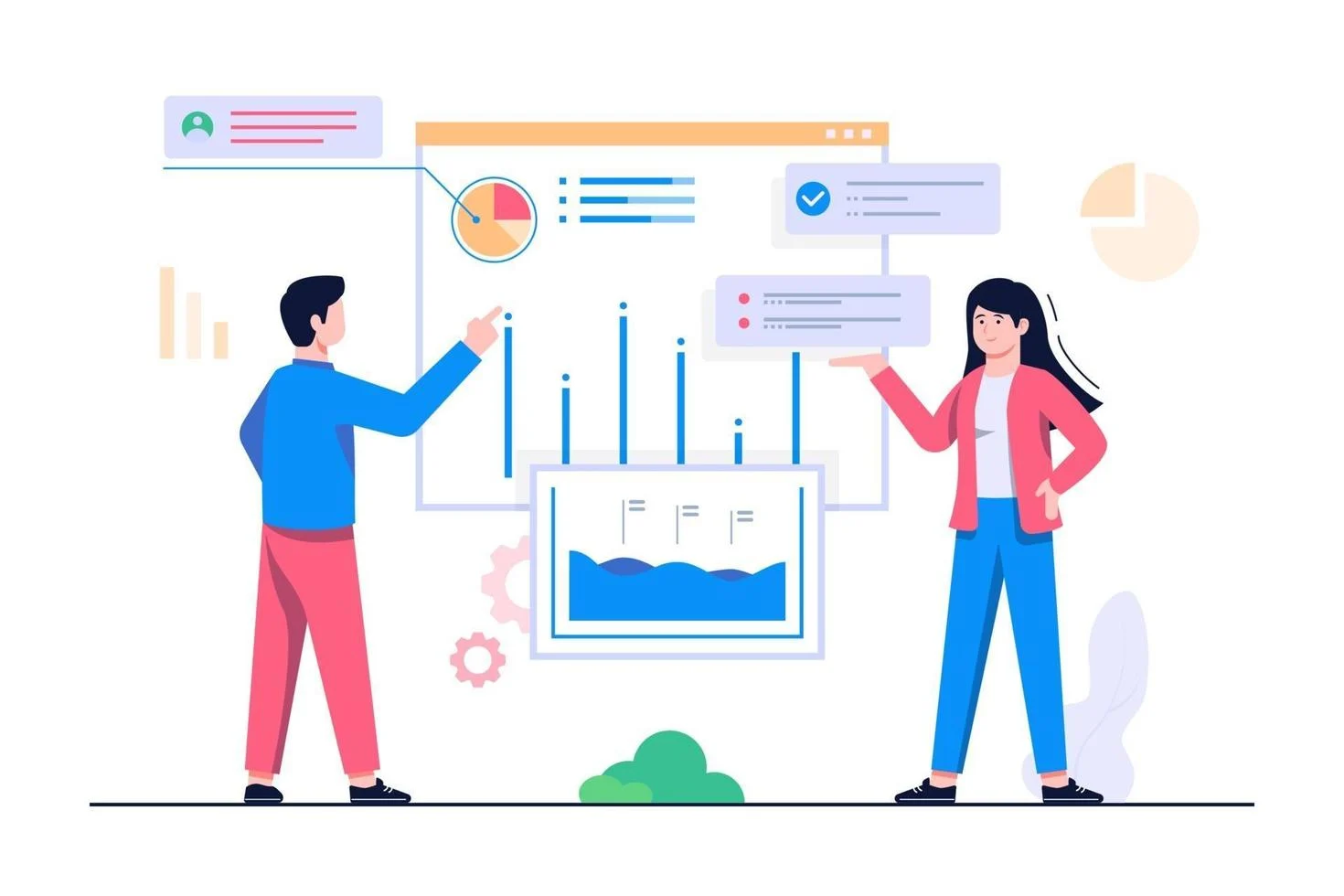Building Data Analytics Software
The newest wave of data analytics software providers presents a golden opportunity for full customization of business intelligence. Not only are data analytics providers offering intuitive, robust, powerful visualization software, but they also are making it easier than ever to build or enhance our own data driven applications via embedded analytics.
Whereas custom applications that utilize powerful analytics would have required large manpower and capital investments in the past, they now can be built much more quickly and economically than ever before. Embedded analytics negate the need for custom code and replace it with intuitive, context-specific visualizations.
While the embedded analytics themselves require little to no custom coding, the complexity of the application that they are driving is entirely up to you. You may choose to merely supplement an application that is already partially data-driven, such as your CRM or financial software, to develop a fully-custom core application, or to start in between with a partially off-the-shelf solution. Either way, the first step is the same: Determine the core needs and goals and select the technology that is best suited to satisfy them.
While many visual analytics tools can join data from disparate sources, any application will benefit from being driven by a single data warehouse that is optimized for the task. If the application is being fed by millions or billions of records, this might mean loading data from all sources into a large-scale data warehouse like Redshift, BigQuery, or Hadoop. Data driven applications based on smaller data sizes may be better suited to a relational SQL database. In any case, select the data warehouse that best suites the application and create the necessary schemas.
Now that a data strategy is in place, we are ready to create the reports and visualizations that will be embedded into the application. Our visual analytics software allows us to connect to one or many data sources that will drive the visualizations. Whether we decided to create a single data warehouse or to connect separately to each disparate data source, we can now connect to the data through the visual analytics software. We can then use an intuitive interface to build visualizations for our data driven applications, as well as to apply filters and other features to the visualizations.
Finally, it is time to pull it all together. The beauty of modern visual analytics software is that we no longer need to custom code each visualization into the destination application. Instead, the embeddable code is generated by the software itself with each visualization that is created. To insert the visualization into our data driven applications, we simply need to copy the code from the analytics software and paste it into the core application.
Whereas custom applications that utilize powerful analytics would have required large manpower and capital investments in the past, they now can be built much more quickly and economically than ever before. Embedded analytics negate the need for custom code and replace it with intuitive, context-specific visualizations.
While the embedded analytics themselves require little to no custom coding, the complexity of the application that they are driving is entirely up to you. You may choose to merely supplement an application that is already partially data-driven, such as your CRM or financial software, to develop a fully-custom core application, or to start in between with a partially off-the-shelf solution. Either way, the first step is the same: Determine the core needs and goals and select the technology that is best suited to satisfy them.
While many visual analytics tools can join data from disparate sources, any application will benefit from being driven by a single data warehouse that is optimized for the task. If the application is being fed by millions or billions of records, this might mean loading data from all sources into a large-scale data warehouse like Redshift, BigQuery, or Hadoop. Data driven applications based on smaller data sizes may be better suited to a relational SQL database. In any case, select the data warehouse that best suites the application and create the necessary schemas.
Now that a data strategy is in place, we are ready to create the reports and visualizations that will be embedded into the application. Our visual analytics software allows us to connect to one or many data sources that will drive the visualizations. Whether we decided to create a single data warehouse or to connect separately to each disparate data source, we can now connect to the data through the visual analytics software. We can then use an intuitive interface to build visualizations for our data driven applications, as well as to apply filters and other features to the visualizations.
Finally, it is time to pull it all together. The beauty of modern visual analytics software is that we no longer need to custom code each visualization into the destination application. Instead, the embeddable code is generated by the software itself with each visualization that is created. To insert the visualization into our data driven applications, we simply need to copy the code from the analytics software and paste it into the core application.


Leave a comment
Your email address will not be published. Required fields are marked *